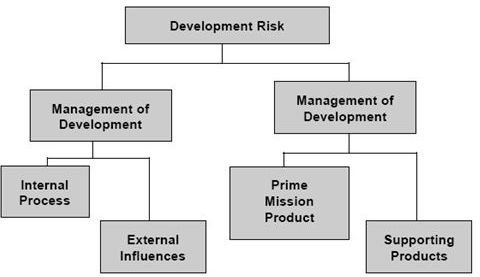Effective Risk Management for the Small Business
It is indeed a fact that risk management is one of the most neglected aspects in many small businesses. Several small business owners fail to recognize that risk is an integral part of business and a well-conceived risk management plan is imperative for the business to survive and prosper.
The objectives of a small business – or for that matter, any business - is to provide the consumer with high quality products or services, to maximize the sales, contain the expenses, increase market share and enlarge the profits. Business risk, if not anticipated and effectively addressed, may have serious repercussions, resulting in either a temporary setback or even an irreparable damage to the business.
Without an effective risk management plan, most small business owners rely on personal experience and intuition to manage risks. Evolving and putting in place a risk management plan is the only assured way in which the adverse effects from business risk can be successfully countered. A sound risk management strategy involves minimizing all possible risks that may negatively impact a business and matches the levels of project management standards implemented.
As a first step, all possible business risks must be categorized and they may broadly include financial risk, business image risk, security risk, environment risk, data storage risk, human resources risk, equipment risk and other natural disaster risks. Once the categories of risks are finalized, then the risks pertaining to each category can be identified using standard methods.
Brainstorming sessions among all stakeholders, team members and certain connected external agencies can combine the collective personal knowledge and group experience to comprehensively identify all potential risks.
Each small business has its own characteristics and will have different types of risks and thus it may be an act of oversimplification to generalize the risk management policy. However, insurance cover is one thing commonly resorted to by most small business owners to safeguard against financial losses - though certain specialized insurance covers for particular risks may be needed for each business.
But apart from insurance coverage, contingency planning for a variety of potential hazards is just as important to manage the other business risk factors. A good risk management plan should not only have adequate safeguards and insurance coverage to compensate for financial losses, but it must also include a plan to prevent losses, wherever possible, and to manage unexpected risks as they arise.
A risk management plan (RMP) is a document created to record the perceived business risks, prioritize the risks and develop risk response strategies to overcome various risks. A RMP must spell out the systems, processes and commitment needed to successfully anticipate, assess and overcome business risks. RMP should also contain ways to communicate the risk information to all stakeholders and the method for monitoring and reviewing risk information.
Of course, business owners must understand that no risk management plan, however effective, will guarantee total freedom from all business risks. The risk assessment plan can at best attempt to identify all significant risks and create suitable risk response mechanisms but they will be still limited by the resources available, data on hand, involvement of stakeholders, time factor and budgetary constraints.
Image Credit: WikiMedia Commons
Reference
Reference: Small Business Risk Management Guide.
Image Credit: WikiMedia Commons
